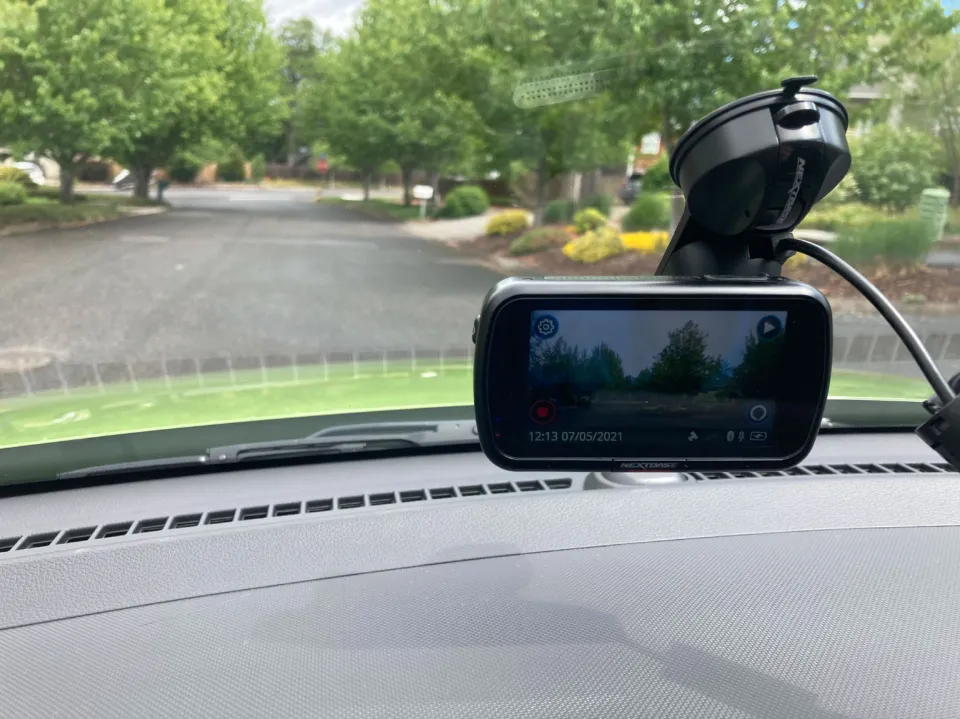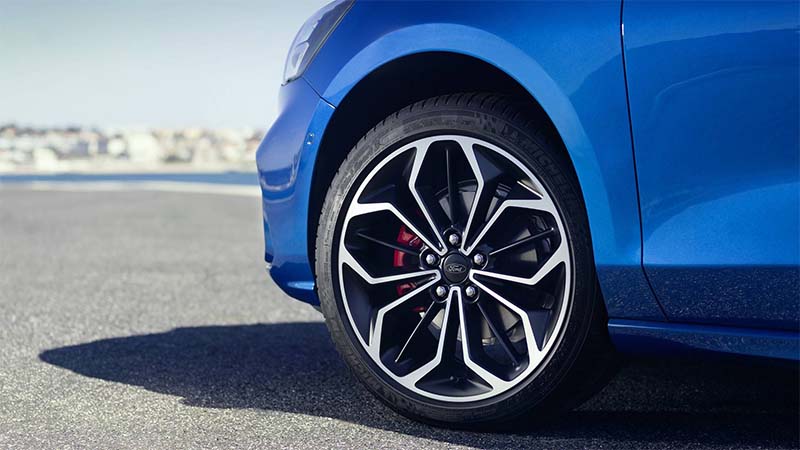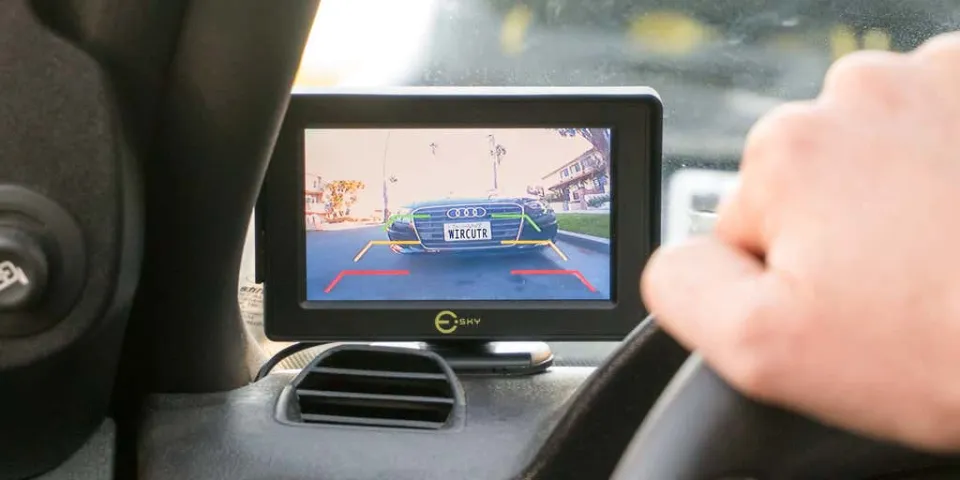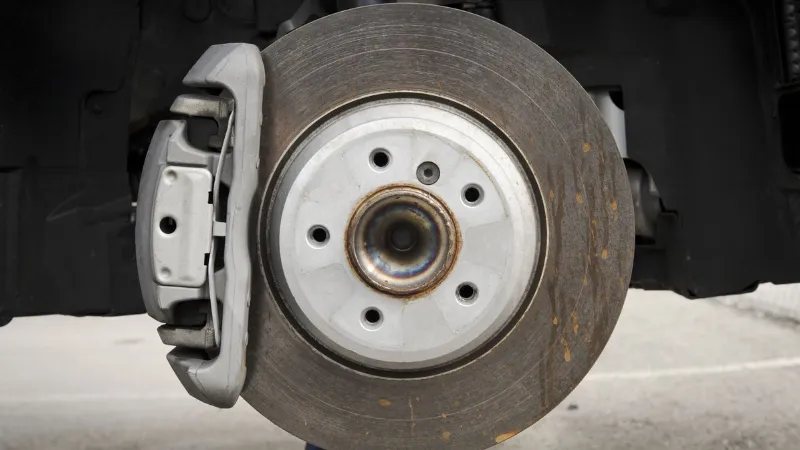All the tricks and pointers you need for cleaning aluminum wheels like a pro will be covered in this article.
So, how to clean aluminum wheels? Begin by degreasing the wheels, polishing aluminum alloy wheels, applying wax for long-lasting protection, cleaning off brake dust, removing tough mud, clean and polish lug nuts, and removing water spots and stains from aluminum wheels.
Please continue reading for more information.
How to Clean Aluminum Wheels?
Here is an easy step-by-step guide on how to clean aluminum wheels:
Begin by Degreasing the Wheels
The grease and rust from your brakes, combined with the dirt from the road that accumulates over time, consequently build up grime on your wheels day in and day out. With any brand of degreaser, you can start by cleaning everything off.
Your wheels can be cleaned by directly applying the degreaser to them to remove any lingering contaminants. After doing this, thoroughly wash your wheels with soap. Finally, rinse the wheels with a pressure washer to completely wash everything off. Because polishing a dirty wheel could cause scratches, you should start with this step.
This guide will go over how to wash a car at home and some frequently asked questions about best practices for washing cars in order to assist you in keeping your car clean.
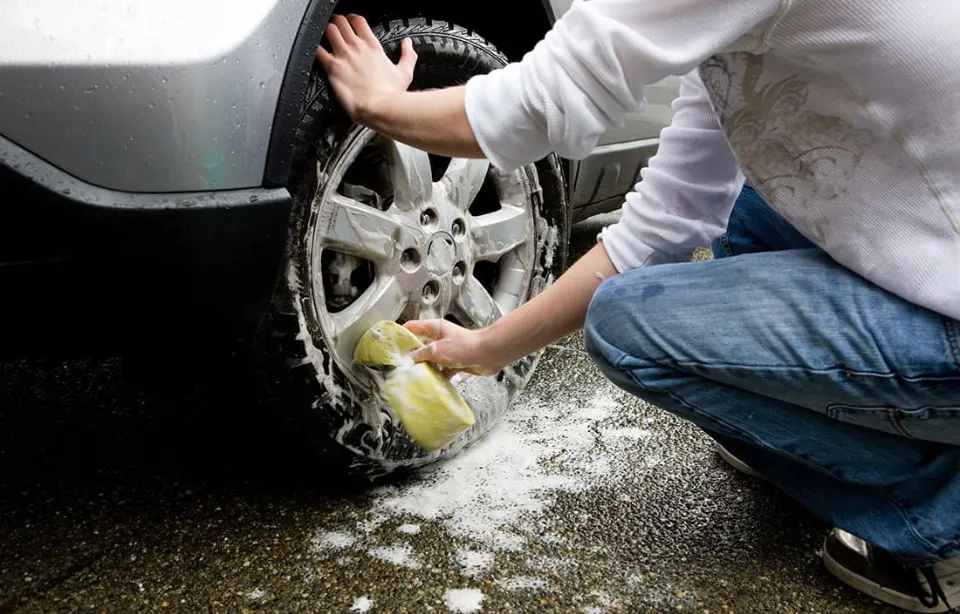
Polish Aluminum Alloy Wheels
Alright, now we have a clean slate to make our alloy wheels beautiful and shiny once more by polishing them.
Polishing products for bare aluminum wheels and clear-coated aluminum are very different.
An oxidized layer that is white will form on bare aluminum. Despite not rusting like steel does, it will still slightly corrode. Oxidized aluminum has a distinctive white matte finish. To remove the oxide layer and reveal the smooth, reflective aluminum surface when polishing bare aluminum, a compound with a little more bite is necessary.
Clear-coated wheels will require a softer touch and a more delicate polishing compound. The good news is that polishing should be easier because there shouldn’t be any oxidation on the wheel.
Pay special attention to the products you buy and whether they match your polished surface. Also, before you make a frustrating mistake, carefully check your pad and applicator.
When you’re finished, wipe the wheels with a fresh microfiber towel and evaluate the results. Aluminum has a highly reflective, mirror-like finish that is similar to chrome when it is properly polished.
We’re almost done!
Apply Wax for Long-Lasting Protection
You recently underwent a time-consuming cleaning and polishing process. You most certainly don’t want to repeat that action any time soon.
You need to wax or sealant your aluminum wheels in order to preserve the lovely finish. The surface will become hydrophobic and easier to clean as a result, preventing the buildup of dirt, grime, and brake dust.
Although the end results will differ, the application procedure is virtually identical to waxing your paint.
The wax or sealant will wear off much more quickly on wheels because they are subjected to much harsher environmental conditions than the car body is. You might need to reapply wax or sealant every week or twice a month, depending on the product.
The only cleaning your wheels require, however, is pressure washing if you’re consistent with your application.
Just keep in mind that wheel cleaners, especially stronger ones, will also remove the wax, so you’ll need to reapply it once you’re done washing.
Tips for Cleaning Off Brake Dust
Your aluminum wheels’ black residue is brake dust.
Be at ease; your brakes are in good shape. Your car is stopped by intense rubbing and heat. The brake pads and cast iron rotors literally eat each other away, and the shed material is the dust you see.
Iron shavings from your rotors make up the majority of brake dust. Along with road debris, dirt, and grime, there are also metallic fibers, carbon, and resins from your brake pad mixed in.
High-speed, red-hot brake dust is launched directly at the wheel, primarily the inner barrel. Because of the iron, the clear coat and underlying aluminum are both severely corroded.
Regular wheel cleaning, light scrubbing, and enough water pressure should be enough to remove the majority of the brake dust if you clean your wheels regularly.
However, if you’ve never taken your wheels off, chances are the inner barrels are loaded with a thick layer of brake dust. To remove the iron from the surface and into the soap in this situation, you might want to look for a specialized iron remover product with the right chemistry.
Degreaser can also help, but make sure you keep the wheel wet, do quick work with the brush, and rinse off immediately. Degreasers will eat away at the clear coat if left for too long.
Call us if you need professional assistance or if you have any additional questions!

Tips for Removing Tough Mud
If you’ve been off-roading and there is a lot of dried, hard mud on your wheels and fenders, your first inclination might be to pressure wash it and remove the dirt.
However, be wary! In doing this, you might accidentally scratch your clear coat.
Depending on how hard you spray your water, dry, hard mud bits might actually fly in the direction of your clear coat and paint.
Instead, you want to soak the wheel and paint with a soapy solution or a foam cannon. The water and cleaner need time to permeate the mud and loosen it, so leave the car alone for a few minutes.
Following that, pressure wash it and finish the rest of your cleaning.
Tips for Cleaning and Polishing Lug Nuts
Lug nuts and recessed bolts don’t require any special care when cleaning or polishing; it’s just difficult to get to them without taking the wheel off.
Use a thick brush or an old, soft toothbrush to reach inside and scrub away the buildup and grime after liberally soaking or spraying the wheels with wheel cleaner.
In the video up top, a lug nut brush is demonstrated, making it simpler to access your lug nuts while they are still fastened to your car.
How to Remove Water Spots and Stains from Aluminum Wheels?
Poor drying of the wheel in particular results in water spots. When you leave a wet surface to dry under evaporation, the mineral deposits naturally contained in the water remain behind.
As a result, hard water contains calcium carbonate, which is primarily responsible for the white spots you notice.
White vinegar works the best to get rid of it. The vinegar acid quickly dissolves the limestone deposit, but it’s not too strong to damage the clear coat.
Remind yourself to wipe down your wheel with a fresh microfiber cloth after rinsing to avoid water stains coming back.
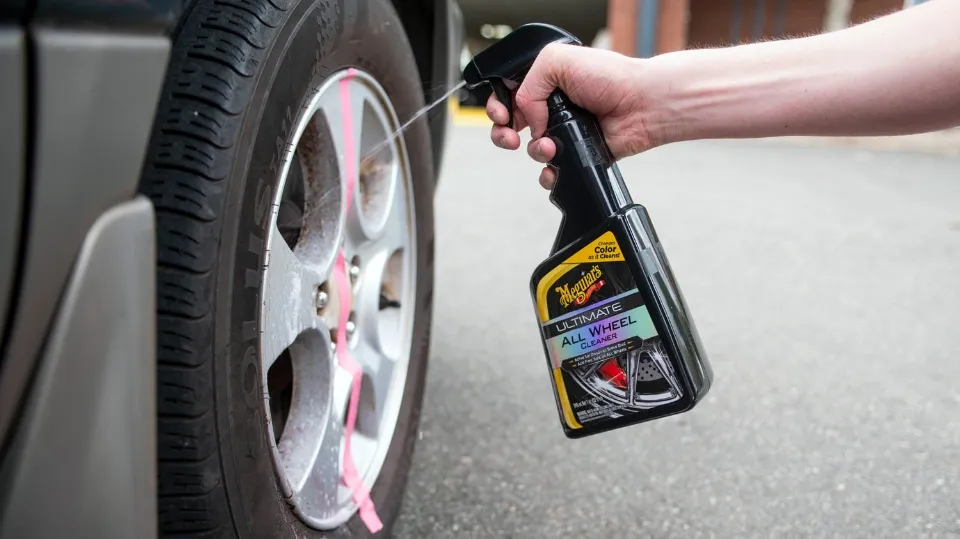
DIY Aluminum Polish Recipes Using Household Products
Lacking any unique products for auto detailing? You can find a ton of things at home that will work just fine, so don’t worry.
Baking Soda and Lemon Juice Wheel Cleaner
Combine half a cup of baking soda with a cup of warm water. Put it in a spray bottle with two tablespoons of lemon juice. Spray the wheel generously and scrub with a soft bristle brush.
- As an alkali (a base), baking soda aids in the dissolution of grease and dirt in water.
- Citric acid, which is present in lemon juice, aids in further breaking down grease and deposits.
- Finally, combining an acid and a base results in their neutralization, which produces large amounts of carbon dioxide. The fizzing actually mechanically agitates and loosens the deposits.
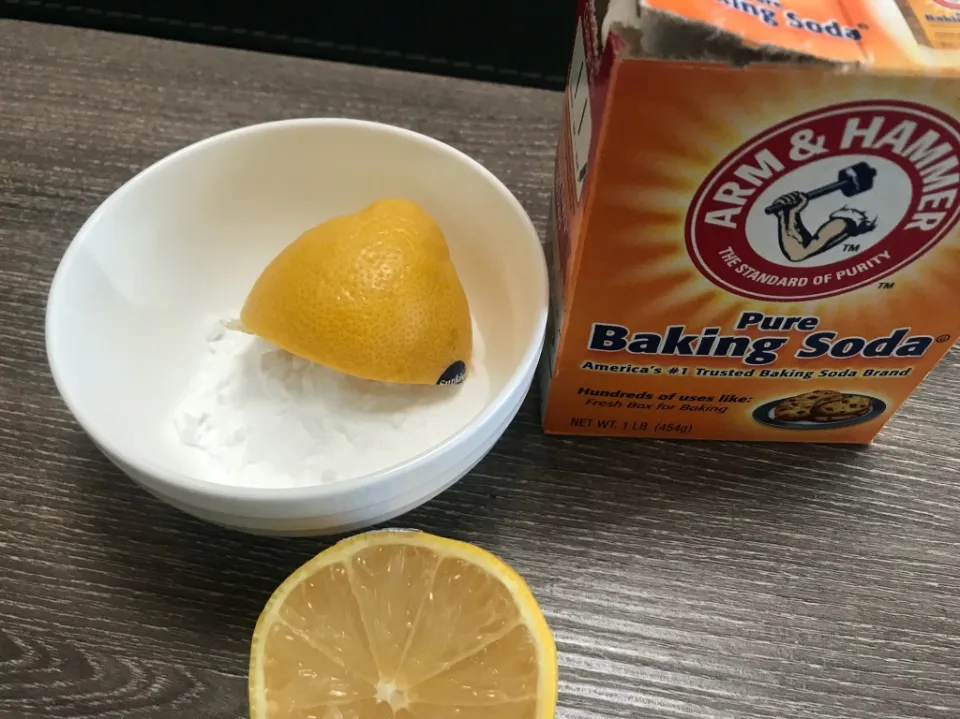
Vinegar and Water All-purpose Cleaner
A mild acid found in vinegar will dissolve most mineral deposits, oil and grease stains, mud, and other such materials.
In a spray bottle, combine white vinegar and warm water in an equal ratio. Spray generously on the wheel and let it sit for a couple of minutes. Wash the wheel thoroughly after cleaning it with a soft bristle brush.
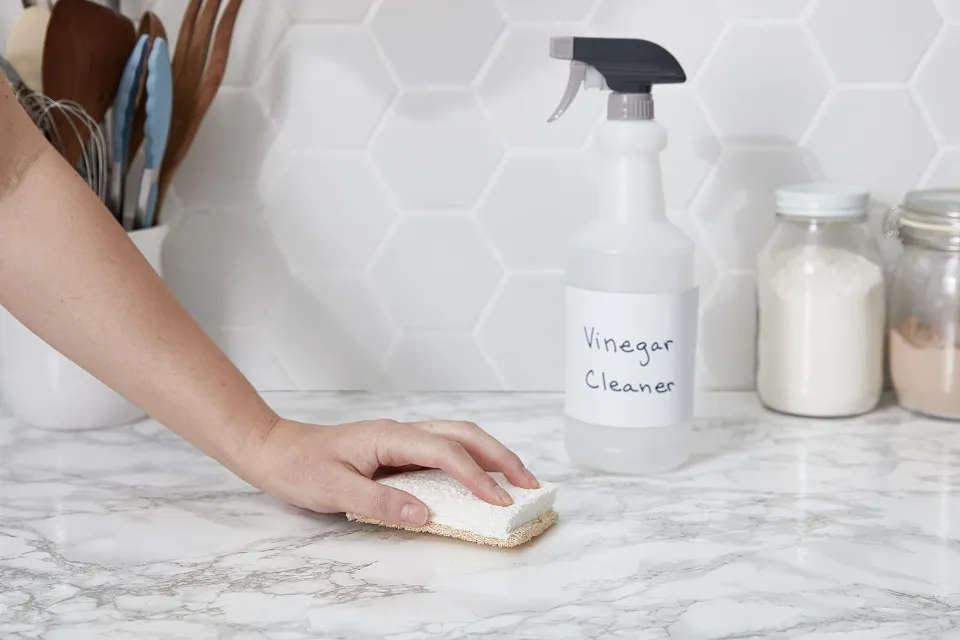
Coca-Cola Rust Buster
If you have any corrosion spots, rusted lug nuts, or embedded brake dust, Coke can save the day – or at least your wheel.
Spray or pour some cola on the troubled spot and rub it in with a soft brush. To properly remove the syrup stains and sticky deposits, wash the wheel in a vinegar solution.
Rust is removed by the iron reacting with phosphoric acid, which is a component of Coca-Cola. Citric acid is another ingredient that aids in the scrubbing down of any dirt and grime. The beverage is then carbonated. Coca-Cola makes the ideal DIY rust-busting solution because iron oxide and carbon dioxide love to interact.
It would be wise to detail your brake calipers as well, if they can be seen through your wheel.

FAQs
How Do You Remove Heavy Oxidation from Aluminum Wheels?
When your wheels are heavily oxidized, you’ll need to use an aluminum polish pre-cleaner. Allow the cleaner to sit for approximately 10 minutes after spraying it on. If necessary, use a brush to clean up oxidized areas. Before continuing, thoroughly rinse and dry the wheel.
Is Baking Soda Good for Cleaning Aluminum?
You shouldn’t use baking soda or an alkali-based cleaner on aluminum. The metal becomes discolored as a result of these.
Is Vinegar Good for Cleaning Aluminum?
Mix one part of vinegar or lemon juice with one part of warm water in a bowl to create a cleaning solution. After that, wipe the aluminum down with a clean cloth dipped in the mixture. Scrub any areas that are particularly stained or dirty.
How Do You Clean Badly Stained Aluminum Wheels?
A mild acid found in vinegar will dissolve most mineral deposits, oil and grease stains, mud, and other such materials. In a spray bottle, combine white vinegar and warm water in equal parts. Spray generously on the wheel and let it sit for a couple of minutes. Wash the wheel thoroughly after cleaning it with a soft bristle brush.
Summary: How to Clean Aluminum Wheels?
A complete guide to cleaning, polishing, and waxing your aluminum alloy wheels. Even though it is a difficult task, if done correctly, your wheels will require very little upkeep and consistently look brand new.
Make sure you purchase the appropriate items for your aluminum wheels by checking the equipment list at the top. Consider each step carefully and adhere to the directions.
If you have any questions, please leave a comment. KV Auto tries to give you the best car industry information. Thank you for reading.


